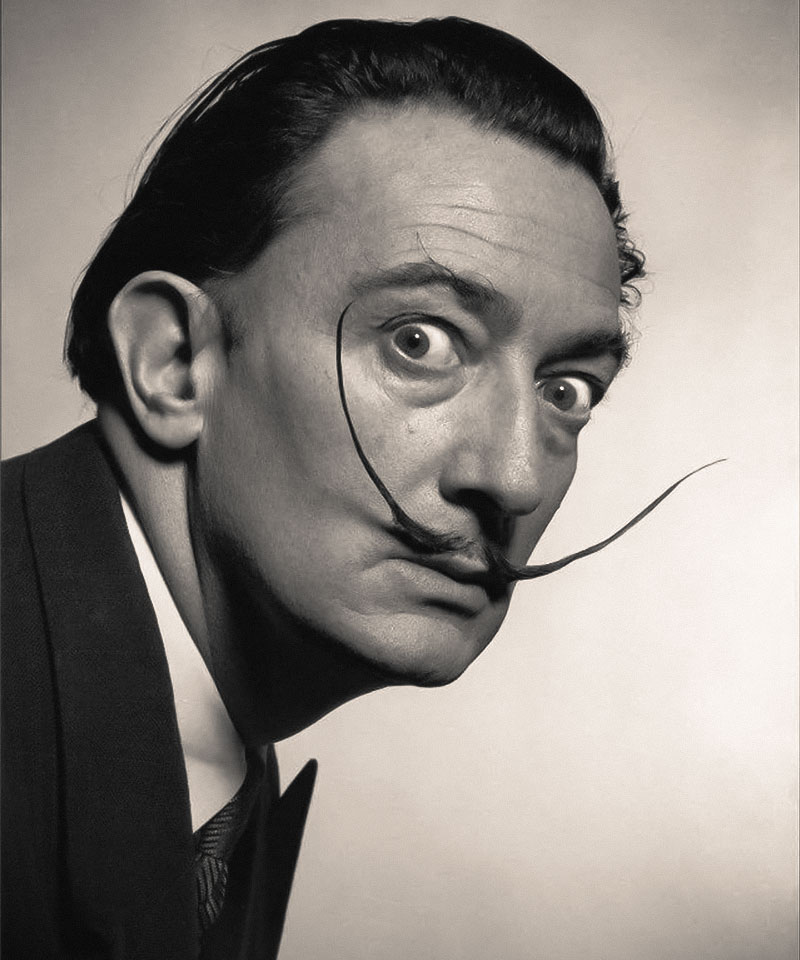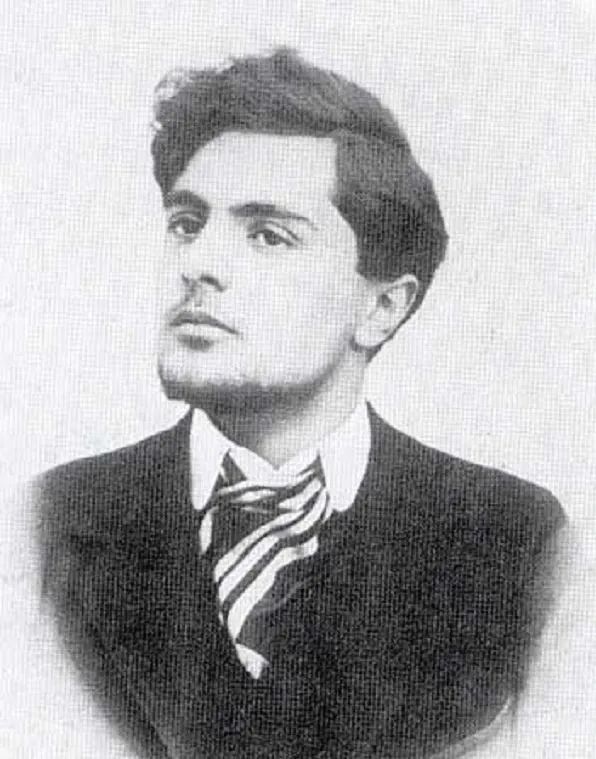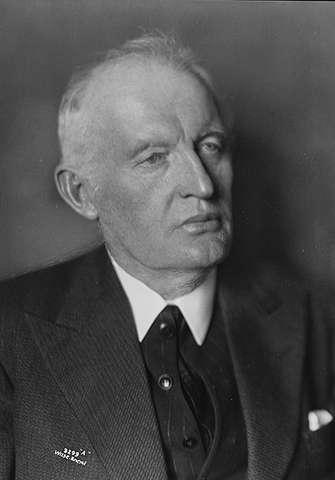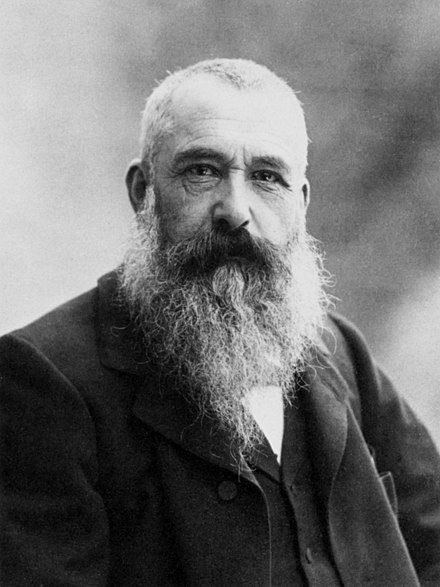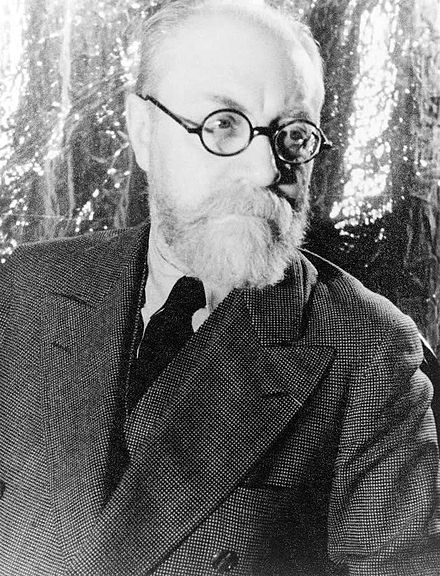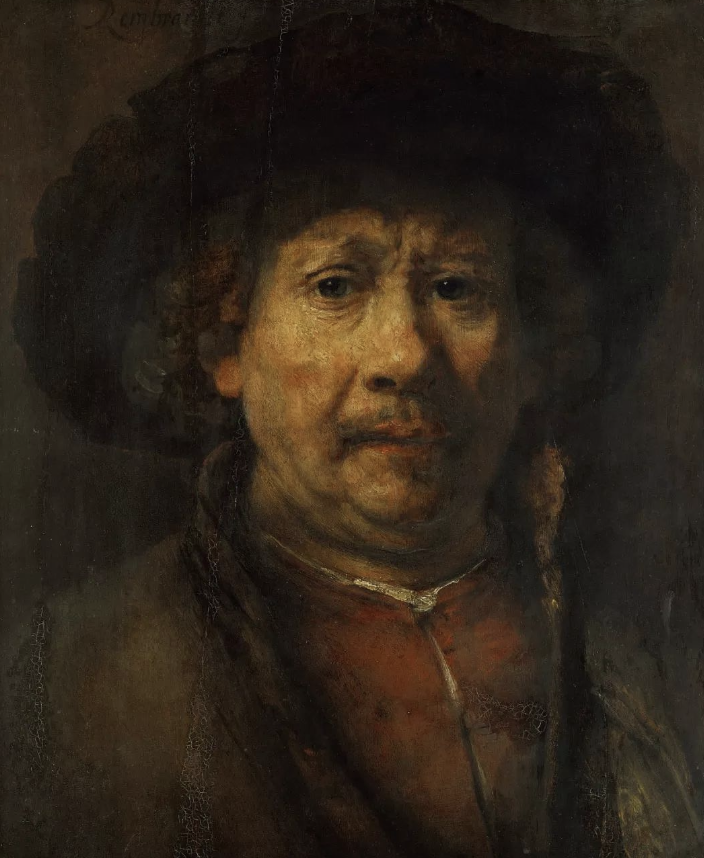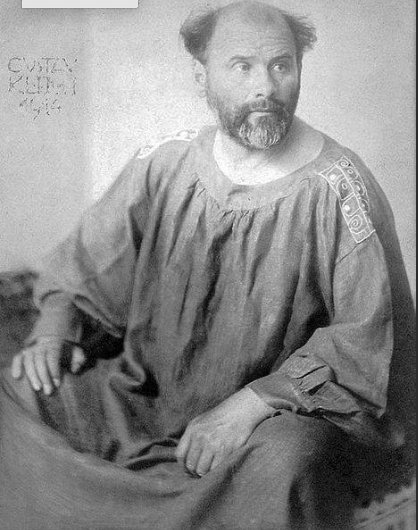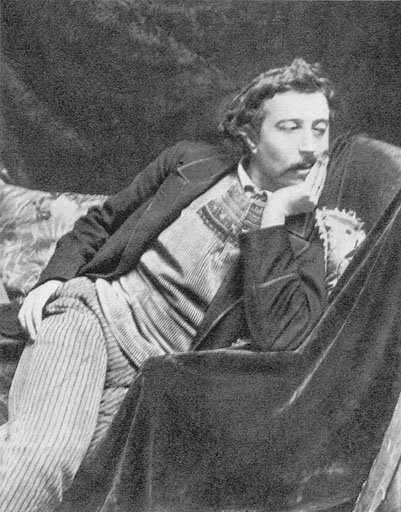-
Salvador Dali 2020-09-01
Salvador Dali, born on May 11, 1904 in Figueras, Spain, died on January 23, 1989. He is a painter with outstanding talent and imagination. Turning the subjective world of dreams into objective and exciting images, he made serious contributions to surrealism and art in the 20th century. Salvador Dali was born on May 11, 1904 in a small town in Figueres, Spain, where he spent his childhood. His birthplace is only about 16 miles from France. Dali's father was a notary and had a rich family. He once established his first art studio for Dali in cadaqes, a small seaside fishing village. El Salvador Dali's childhood and adolescence were very active, which was particularly important for his later career; Some anecdotes of this period, whether true or not, are the basis of many constant images of him in the future. His relationship with his parents and wife Gala plays a decisive role in the formation of his artistic personality. Dali always loved his childhood scenery, surrounded by the Great Plains of Figueras and the Catalan coast with olive groves and pointed bare rocks. These ancient and sad landscapes entered his paintings not only as a background, but also as a living existence. Besides Picasso, Salvador Dali is perhaps the most famous and highly praised painter of the 20th century. -
Modigliani 2024-05-08
Amedeo Modigliani was born in Livorno, Italy, and was frail and sickly from a young age, with poor academic performance. He studied painting under the guidance of the painter Guglielmo Micheli. In 1902, he enrolled in the Venice Academy of Fine Arts, and in 1906, he moved to Paris, where he lived in the Montmartre district alongside artists like Picasso and studied sculpture under Brancusi. Between 1912 and 1917, he developed his artistic style, characterized by the use of elegant and concise lines to delineate the contours of objects, followed by the application of exaggerated and refined vibrant colors. He was influenced by Oriental painting and adopted Cézanne's method of representing form and structure, elongating figures through exaggerated distortion. His portraits, though not realistic, display a rhythmic and graceful rhythm after processing. Most of the eyes in his portraits appear lifeless and hollow, leading to a French saying: "The models at this time are in a state of hypnosis." His compositions are lively and varied, and his use of color is rich and diverse. -
Edvard Munch 2024-05-03
Edward Munch, born in 1863 and passing away in 1944, is a renowned Norwegian artist considered one of the pioneers of Expressionist art. His works are often deeply influenced by psychology and personal emotions, depicting the intense and intricate inner world. Common themes in Munch's works include loneliness, fear, death, and love, exploring existential questions and human emotions. One of Munch's most famous works is "The Scream," portraying a figure standing on a bridge with a distorted face seemingly screaming. This painting has become a classic of Symbolist art, profoundly expressing Munch's inner fear and despair. In addition to "The Scream," Munch's works include "The Smoking Man," "The Kiss," and "The Dance of Life," all displaying his profound observation of human emotions and existential states. His unique artistic style often employs exaggerated colors and forms to depict inner emotional conflicts. Munch's works have had a profound impact on 20th-century art, paving the way for later artists with his Expressionist style. His artworks are also frequently used to explore fields such as psychology and philosophy, regarded as profound expressions of thought. Even after his passing, Munch's works continue to be exhibited worldwide, provoking thought and inspiration among viewers. -
Monet 2024-05-03
Oscar-Claude Monet (French: Oscar-Claude Monet; November 14, 1840 – December 5, 1926) was a French painter, acclaimed as a leader of the Impressionist movement and one of its founding figures. Monet is among the most important painters in French history, and much of the theory and practice of Impressionism is attributable to his advocacy. He excelled in experimenting with and depicting light and shadow. His most significant stylistic innovation was in altering the treatment of shadows and contours; in Monet's paintings, distinct shadows and emphasized or outlined contours are rarely visible. The depiction of color in light and shadow is the hallmark of Monet's painting. On May 14, 2019, Monet's painting "Meules" ("Haystacks") set a record-breaking auction price of $110.7 million at Sotheby's in New York. This sale established the highest price ever paid for a Monet artwork and set a record for the highest price paid for an Impressionist painting at auction. -
Henri Matisse 2024-05-03
Henri Émile Benoît Matisse was a French painter, a founding member, and a leading figure of the Fauvist movement, as well as a sculptor and printmaker. Alongside Picasso and Marcel Duchamp, Matisse brought about significant changes in the art world at the beginning of the 20th century. He was also a leader of the Fauvist movement, which advocated for the principles of Impressionism and paved the way for the first major art movement of the 20th century. Matisse's style is characterized by bold and flat colors, along with unrestricted lines. His witty compositions, vivid colors, and lighthearted themes are what made him famous and established him as one of the most important figures in modern art. -
Rembrandt 2024-05-01
Rembrandt Harmenszoon van Rijn is one of the leading painters of Baroque art in Europe and a major figure in 17th-century Dutch Golden Age painting, hailed as the greatest painter in Dutch history. In the 2004 poll of the greatest Dutch people, he ranked ninth, just behind Anne Frank. He lived during the Dutch Golden Age, a period of peak achievements in science, art, and commerce in the Netherlands. Rembrandt achieved fame at a young age but experienced hardship for much of his life. His works were renowned during his lifetime, and nearly all significant Dutch painters of the time were influenced by him. His pinnacle works include portraits, including self-portraits, and paintings inspired by biblical themes. His series of self-portraits serve as a unique autobiography, portraying the artist's self-examination with sincerity and honesty. In his oil paintings and etchings, Rembrandt demonstrated a perfect grasp of classical imagery while incorporating his own experiences and observations. For example, in his biblical scenes, he not only displayed his understanding of the biblical text and classical composition but also depicted his observations of Amsterdam's Jewish community. It is this empathetic power that led to him being called the "prophet of civilization." Rembrandt's famous works include "The Night Watch," "Diana Bathing with her Nymphs," "The Jewish Bride," and "The Anatomy Lesson of Dr. Nicolaes Tulp," among others. In Rembrandt's works, the technique of chiaroscuro is extensively utilized, focusing on capturing the interplay of light and shadow to render lifelike figures. Unlike his contemporaries who often portrayed beauty or wealth, Rembrandt delved into the depths of human nature and psychology with profound insight. His realistic portrayal does not shy away from depicting the marks of time and age on his models, which is a distinctive feature of Rembrandt's work. He depicted a variety of subjects, ranging from classical historical scenes and mythological stories to everyday life scenes and portraits. His two wives, Saskia van Uylenburgh and Hendrickje Stoffels, often served as prototypes for the female figures in his works. -
Gustav Klimt 2024-04-21
Gustav Klimt was an Austrian Symbolist artist born in 1862 and passed away in 1918. He was one of the founding members of the Vienna Secession, known for his distinctive artistic style and contributions to Symbolism. Klimt's works often explore the human body, emotions, and sexuality, as well as delve into spiritual realms. He frequently employed gold leaf and vibrant colors in his paintings, creating a mysterious and symbolically rich atmosphere. Klimt's oeuvre includes portraits, nude paintings, allegorical works, and more, encompassing a variety of forms and themes. Throughout his career, Klimt faced criticism from conservative elements of society but also achieved a degree of success and recognition. His works had a profound impact on later art movements, particularly catalyzing the development of Expressionism and abstract art in the early 20th century. Klimt's art garnered significant attention during his time and continues to be widely appreciated and studied today. His unique style and contributions to Symbolism cemented his place as an important figure in art history, with his works symbolizing both the prosperity and turmoil of Viennese culture at the turn of the 20th century. -
Henri Paul Gauguin 2024-04-21
Paul Gauguin (1848–1903) was a French post-Impressionist painter and sculptor, known for masterpieces such as "Where Do We Come From? What Are We? Where Are We Going?," "Yellow Christ," "The Spirit of the Dead Watching," and "The Vision After the Sermon." Born in Paris, France, Gauguin worked as a sailor in his youth before becoming a stockbroker. In 1873, he began to study painting and became a professional artist in 1883, participating in four consecutive Impressionist exhibitions. In 1886, Gauguin left Paris to paint in the town of Pont-Aven in Brittany. In 1889, he created "Yellow Christ." After 1890, Gauguin increasingly grew disillusioned with civilized society and sought refuge in the wilderness, finding solace on the island of Tahiti in the Pacific. In 1894, he produced "The Invocation." In 1897, he completed "Where Do We Come From? What Are We? Where Are We Going?" In 1901, he left Tahiti for the Marquesas Islands. Gauguin passed away in 1903. Paul Gauguin, along with Vincent van Gogh and Cézanne, is considered one of the three major masters of Post-Impressionism.
| Home | Artists and Inventory | Recommend Artist IP | Art dervative | Spreadtrum | Cultural communication | Co-artist | About us |
Artists and Inventory
Artists and Inventory
当前位置:首页-Artists and Inventory
